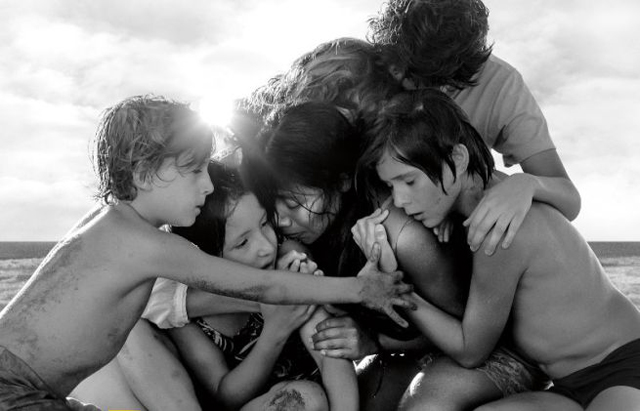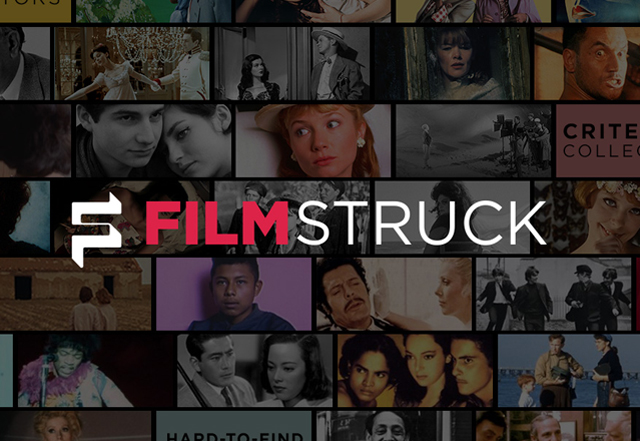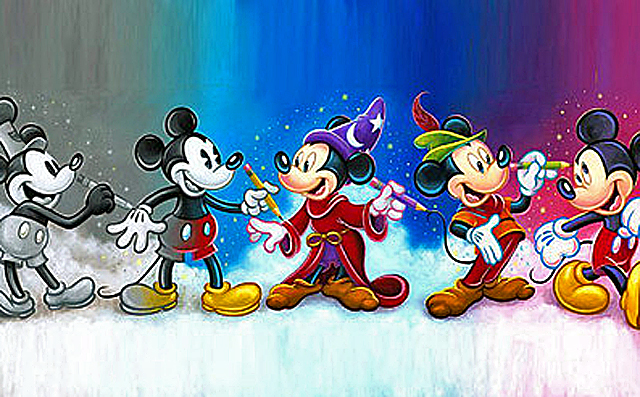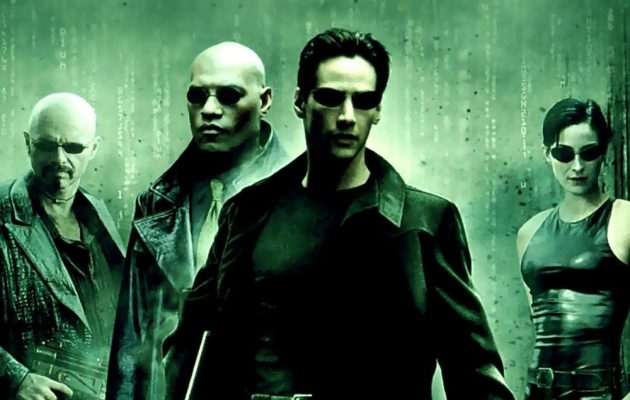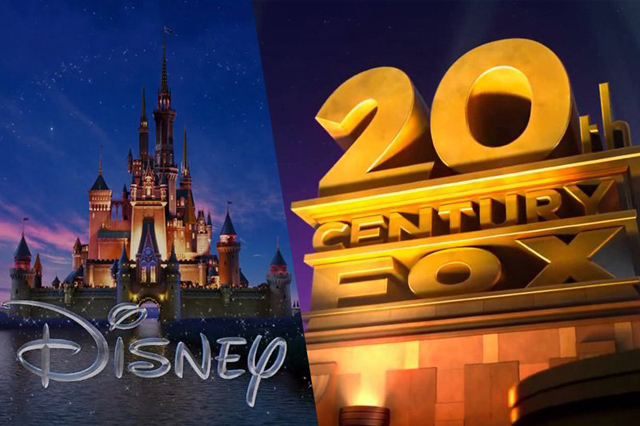
It’s been a long, brutal process to get here, but something monumental has gone down in Hollywood. As of last Wednesday, March 20, 2019, one of the most legendary film studios ceased to exist as an independent entity. 20th Century Fox, once one of the “Big Six” of Hollywood powerhouses, is now a part of The Walt Disney Company in a record breaking merger that has created the single largest media company that has ever existed. It’s hard to believe, given the long and storied history that Fox has had in Hollywood that is suddenly no longer independent, and this has both created much excitement within the industry as well as a whole lot of anxiety. The ripples of this merger will be far and wide, and will no doubt change the face of not just the Fox brand, but also that of Disney as well. But what is most interesting about this news of the Disney/Fox merger is how it’s sparked speculation about what’s coming next. For one thing, it brings all of the remaining Marvel characters under the same roof, as Fox was the last holdout refusing to play along with the Cinematic Universe that Marvel Studios had been putting together. There is also the speculation as to how this will affect the lineup of content on the upcoming Disney+ streaming service that launches later this year. Now Disney has two studios worth of films to put on their channel, which could easily put them in better standing when competing with Netflix. There is also a lot of people out there who are mourning the loss of another studio that was in charge of it’s own destiny and some see this as a severe blow to creative experimentation as fewer competition exists within the market now. No doubt this is a major deal in the entertainment industry, but it more than anything allows us to contemplate 20th Century Fox’s place in the history of Hollywood as a whole. The conclusion of this merger opens up discussion about what this means for the industry today, allows us to think nostalgically about what led this studio to become what it became, and think deeply about what the future will hold for Fox, Disney, and Hollywood in general.
To begin with, it helps to understand exactly how this merger came about. Since 1985, Fox has been a part of the News Corporation conglomerate owned by Australian media mogul Rupert Murdoch. Murdoch oversaw the studio during it’s largest expansion as it launched the Fox Television Network, as well as numerous cable TV stations like FX and NatGeo, plus news outlets like Fox News and Fox Sports, which were closer to Murdoch’s own long term interests. In time, Murdoch turned what was once valued at $700 million into a company now worth north of $50 billion. But, his time as head of the company was not without controversies. Murdoch’s tactics of expanding his media empire have run into numerous federal roadblocks, both in America and in his holdings around the world, with some saying they are borderline illegal. Plus there are the complaints that he’s responsible for inflaming tabloid journalism which many say has disgraced the integrity of the news. And then you have the complaint that Murdoch has used his media empire as a propaganda machine to promote his own right wing politics. It’s safe to say that this in particular has made the alliance between Fox and Rupert Murdoch’s News Corp. a tumultuous one, especially when 20th Century Fox has always considered itself a fairly progressive studio, even back in it’s early days. But, in December of 2017, things were about to significantly change. Murdoch, who now is in his late 80’s, believed that it was time to sell off his holdings in the studio that he had run for the last 30 years, and thus began one of the most contentious bidding wars in media history. Five years prior, Murdoch had already split his company into two halves, one focused on the news side which included the Fox News and Sports networks bundled in with Murdoch’s numerous publications, and the other focused on entertainment which included the Fox Studio, the network and all the subsidiary production companies. This was the big piece put up for sale, as Murdoch and his family would maintain the other division, which is honestly closer to his own interests, and for Hollywood, it immediately became the hottest property perhaps ever put up for sale they’ve ever seen.
But, the question became, was Fox too big for anyone to invest in; at least in the state it was. Some worried that the studio as a whole would be stripped apart into smaller bits to be sold out to various buyers, in effect spelling the end for the studio completely. But, two interested parties stepped forward to put up the money for the entire thing, all in one package; Comcast and Disney. Disney, which has been on a shopping spree for the last decade, acquiring high profile assets like Pixar, Marvel and Star Wars, put in the first bid of $50 billion to buy Fox, which was well-received by many fans of Disney’s properties. Fox retained film rights to several Marvel characters like the X-Men, the Fantastic Four, and Deadpool, all based on decades old contracts that predate Disney’s purchase of Marvel. Not only that, but Fox also held onto the original, un-altered cuts of the Star Wars movies. So, by buying Fox, Disney would have the means to finally give the fans what they wanted, though that of course is not entirely the reason behind Disney’s move. Comcast, likewise, wanted Fox as a means of expanding their own media influence, as the cable giant wanted more exclusive properties under their own tent as more and more people are leaving cable in favor of streaming content. The bidding grew more competitive as Comcast upped their offer to $60 billion (in cash), which seemed to be more favorable to the Murdoch family as it would close the deal quicker. Then Disney made the risky choice of counter-bidding a combined cash and stock $73 billion offer, which eventually made Comcast buckle and withdraw. To many Disney fans, the choice seemed obvious, because of Disney’s holdings of Marvel and Star Wars, both of which had deep ties with Fox in the past, but for Fox it was never a simple choice. From the moment Murdoch made his choice to sell, the options for the studio remained between tolerable to outright destructive. No matter who ended up owning them, they were never going to be they way they were ever again.
And I think that’s where a lot of the worry about Fox’s future lies for people now that the purchase has been set in stone. Fox had no other choice but to lose it’s independence as a studio in order to survive in the years ahead. In the end, aligning with Disney was probably the least awful out of all the options, but it’s not without it’s consequences either. In the months ahead, as many as 5,000 or more jobs will be cut in the transition as Disney works to clear the redundancy that will inevitably occur with the purchase of a competing studio. Because Fox and Disney have pretty much identical units operating within their company, like their own marketing and distribution wings, you can see how much of the company will have to downsize in order to form a cohesive solitary branch within the new studio. And that means layoffs at both Fox and Disney, as the top brass are going to be picking out the best from the litter in order to maintain the quality of their corporate body. Other casualties will be movies that were in the pipeline at Fox that no longer make sense in the calendar that Disney has prepared over the next few years, which includes several planned X-Men films that will be scrapped so they can reboot the entire franchise. Still, the options wouldn’t have been much better for Fox under Comcast. Comcast already owns Universal Pictures, and it’s safe to say that the same corporate restructuring would’ve occurred there too to reduce redundancy. And the other option of selling off many pieces of the company to various buyers would’ve destroyed the Fox brand as a whole, so there were no positive options where Fox would have come out better than it went in. Perhaps they believed it was better to be bought out by another studio who understood the entertainment business as well as they did than to be owned by another media conglomerate like they had previously been a part of, intent only on gaining a brand rather than helping them continue to function as a studio. For years, Fox had tried to set itself a part as a trusted name in entertainment, and perhaps under Disney, they see their best avenue towards maintaining some of that trust.
Looking at how Fox got to this point seems to make a lot of sense when you look at their history as a whole. 20th Century Fox’s has lived a tumultuous life of ups and downs, booms and busts, and in spite of many troubles along the way had still managed to maintain it’s status as one of Hollywood’s grandest institutions. The name 20th Century Fox today seems fortuitous, because it was formed out of a merger itself, way back in the 1930’s. Fox Pictures was a small, financially struggling independent producer and it was saved by combining it’s forces with Twentieth Century Pictures, which was just started up by two former United Artist executives, Joseph Schenck and Daryl F. Zanuck. So, if you’re wondering why the company had that peculiar, nonsensical name, it’s because of this deal over 80 years ago. Under the guidance of creative executive Zanuck, 20th Century Fox steadily rose in influence in Hollywood, garnering a stable of contracted movie stars like Henry Fonda, Gene Tierney, Tyrone Power, Carmen Miranda, Don Ameche, and Shirley Temple. And though Zanuck was a life-long Republican, his studio championed progressive, left-leaning movies that pushed the envelope, spotlighted the underdog and challenged the establishment, more than any of the other studios at the time, with films like The Grapes of Wrath (1940), Gentleman’s Agreement (1947), and Pinky (1949). Zanuck was often seen as a transitional movie mogul for the film industry, as he modernized his studio in ways that many of the older studio founders had not done and eventually did end up falling in suit. But, as Zanuck passed on his duties as the head of the studio to others in order to focus on more personal projects, that’s when the consistency of Fox’s output began to fluctuate.
Under the new regime of president Spyros Skouras, Fox entered Hollywood’s golden age with bold plans, but also bigger financial risks. One of Fox’s most lasting legacies for Hollywood in general was it’s implementation of the widescreen Cinemascope process, which helped to standardize widescreen across the entire industry. Cinemascope helped major studios compete against the rise of television and they put it to good use with their Rogers and Hammerstein musical productions. Unfortunately, widescreen spectacles were becoming more expensive, and one production in particular nearly brought Fox to the brink of bankruptcy. 1963’s Cleopatra was a nightmarishly over-budgeted production that didn’t nearly recoup any of it’s costs, and many wondered if Fox’s big gamble had led to it’s own ruin. Only a few short years later, they bounced back with the phenomena that was The Sound of Music (1965). But, even with Music’s success, big flops like Star! (1968) and Hello, Dolly (1969) put them right back in the red. Throughout the 70’s, it was a roller coaster ride of highs and lows, as every hit was followed with a flop. And then, in 1977, a little science fantasy film from an ambitious young filmmaker named George Lucas put them right back on top; that film of course being Star Wars. With Star Wars, Fox managed to stay afloat, though never quite at the top like they were during the Zanuck years. Even if they remained afloat, their output still reflected their spend big in the hopes of winning big mentality, something that continued in the Murdoch years. One famous gamble included the $200 million behemoth known as Titanic, which Fox regrettably had to sell off domestic rights to Paramount, believing that the film was likely to flop. It didn’t, and Fox had to share the profits as a result for a movie they once fully owned at one point. The same mistake was not repeated when James Cameron came to them again with Avatar (2009).
It’s that history of aiming high and taking chances that many people are worried will disappear once Disney takes full control of the company. Creative risks in general are on the decline across the industry and removing one of the major Hollywood players from the equation is leading many people to believe that things are going to be further homogenized. That is of course contingent on what Disney plans to do in the years ahead. Disney CEO Bob Iger has assured several people that some things will remain the same after the merger. He has stated that the Fox brand itself will not be dissolved and it will still exist as the 21st Century Fox moniker that it adopted a few years ago, retaining the same IP’s that it has built up over so many years across film and television. The studio lot in Century City, California itself will remain open and functioning, and shows like The Simpsons, Empire, American Horror Story, and Fargo will all still run on Fox’s broadcast networks like they have for years. And, to relieve anxious fans everywhere, Iger also stated that Deadpool will be the one character returning to Marvel that will not rebooted, retaining fan favorite Ryan Reynolds in the role. But, in the short hours following the closing of the merger, Disney made swift changes that left a severe blow already in the industry. One of the more surprising casualties turned out to be Fox 2000, a mid-tier division of 21st Century Fox that produced movies like Fight Club, The Devil Wears Prada, Life of Pi, and more recently Hidden Figures, Love, Simon and The Hate You Give. Considering that Fox 2000’s slate of movies were often ones that were meant to stand on their own, independent of franchise building, and usually have something important to say, this loss seems especially hurtful because they made the types of movies that few others do in Hollywood. It’s speculated that Disney found the necessity of Fox 2000 redundant and that the more prestigious Fox Searchlight was more deserving of preservation. Regardless of what the reason is, this sudden closure will no doubt leave a lasting affect on the Fox brand, which has used their Fox 2000 label to beef up their catalog with some beloved classics. Fox 2000 may be the biggest casualty of the entire merger, but it’s also a symbol of the cost that spreads through every department of the studio and the industry when deals like this are made.
Does all this make Fox a failed studio in the end? Far from it. 20th Century Fox has one of the most storied histories in Hollywood, and it’s name will still live on through the movies that it has made over the years. If Fox had never existed, we would have never had the introduction of Cinemascope, nor the wild conviction it took to make Star Wars a reality, or to create a hit movie about a planet run by “damn dirty apes.” Their legacy is as integral to the growth of the medium of film as any other, and it would be foolish of Disney to not honor that long history. And though Fox has had it’s many ups and downs, they’ve always managed to pick themselves up and continue to prosper. It must be noted; financial problems are not what’s led Fox to this point. Fox was put on the market by a billionaire ready to cash in a business that he’s helped grow for over 30 years. At the end of Murdoch’s reign, Fox’s value has increased 700%, making it one of the richest studios in Hollywood. It’s just unfortunate that, like Fox, most of the studios in Hollywood are owned by larger corporations and that they are often put up for sale whether they are profitable or not. It’s only this time that we are seeing one of those “big six” buy up the other. Fox has done well, but Disney’s growth is unprecedented, and that’s what’s put them in the position to have the capital needed to make a deal like this happen. Fox shouldn’t worry about disappearing into the background. MGM famously bought out once mighty United Artists after it went under, and for years they were both known as MGM/UA, until of course MGM hit it’s own slide. Columbia purchased struggling Tri-Star as well and incorporated it into it’s own brand, ultimately before their own purchase by Sony. Hollywood sees these kinds of mergers all the time; it’s just that Disney and Fox have taken it to a whole new level. Fox will change, but perhaps their future is better guarded in the hands of Disney than it would have been under Comcast. After all, Disney’s first and foremost a movie studio, so they know the value of what a studio is supposed to be. One hopes that the good that Fox represented in the film industry rubs off on Disney, and that it’s influence may help the media giant take more creative risks that preserve the ideal that Fox strived for. In the end, we can hopefully hear that triumphant Alfred Newman fanfare ring out just as strong as we “wish upon a star” as a part of our continued cinematic experiences.

